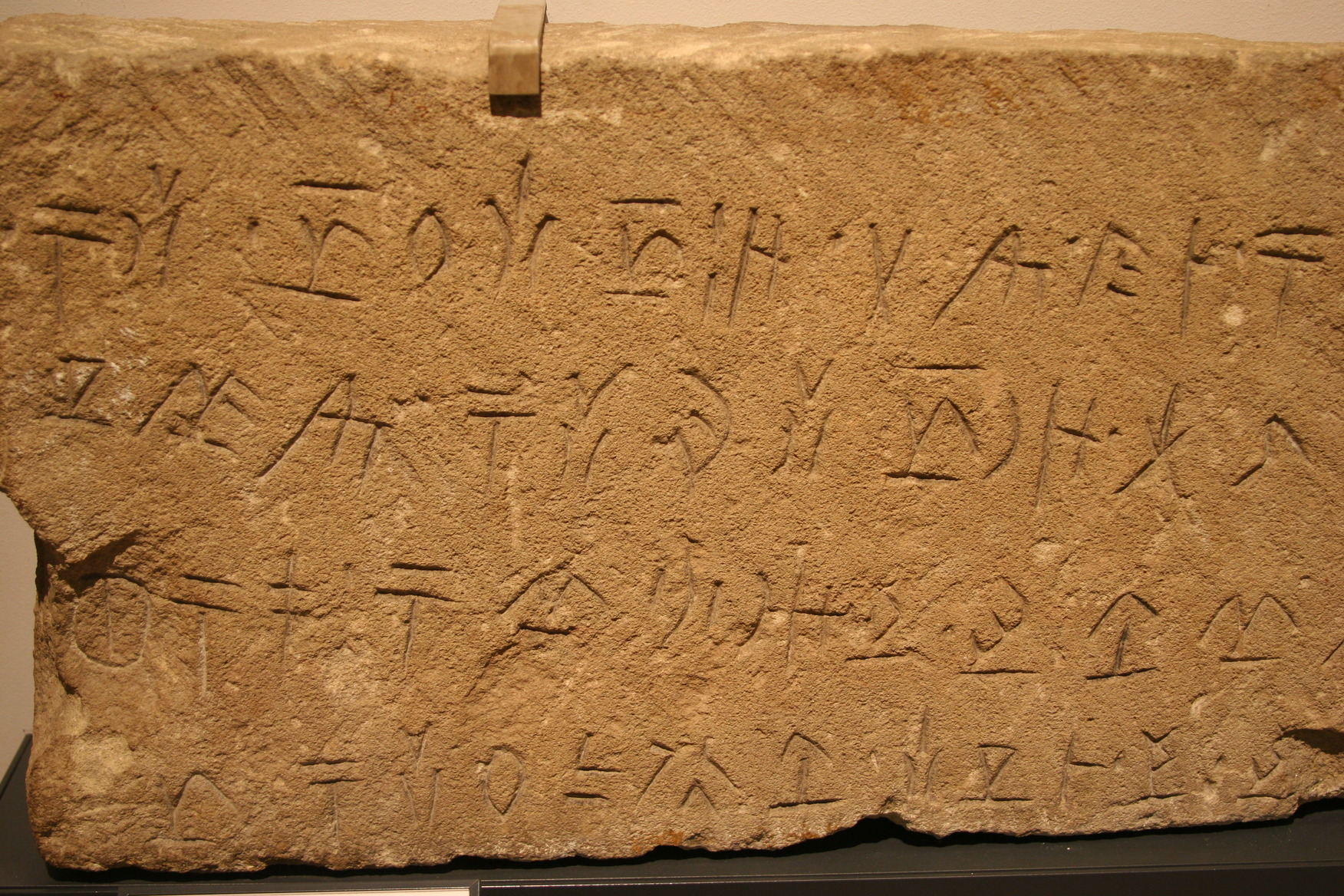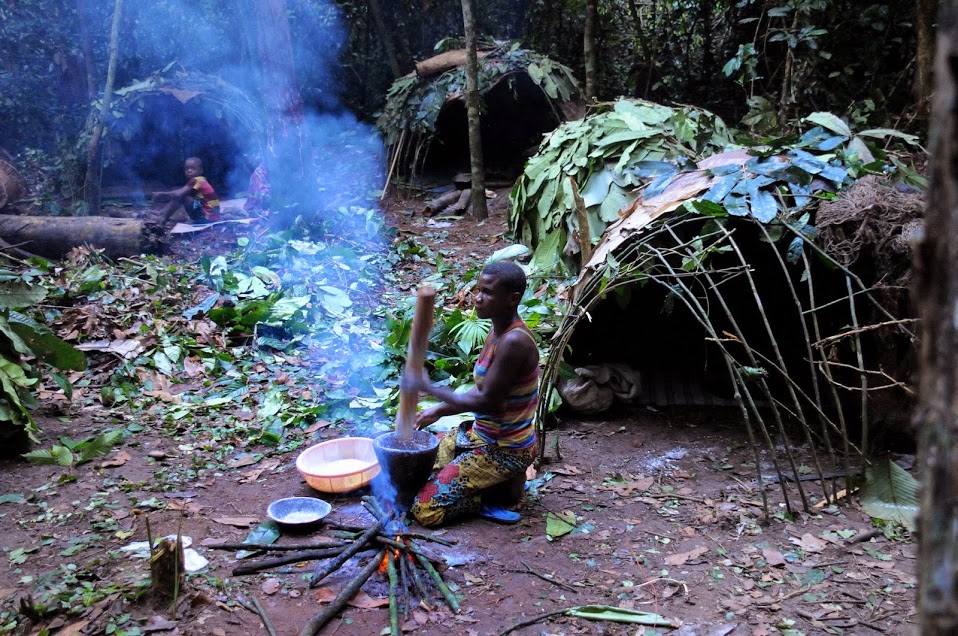|
Nyang'i Language
Nyang'i (Nyangia) is the nearly extinct Kuliak language of the Nyangea hunter-gatherers of northeastern Uganda. The 15,000 Nyangia have shifted to speaking Karamojong. The name is variously spelled ''Gyangiya, Ngangea, Ngiangeya, Nuangeya, Nyangeya, Nyangiya, Nyuangia'', and is also known as Poren (''Ngapore, Niporen, Nipori, Upale''). History According to Wiedemann & Nannyombi (2007), the Ik separated into three groups after having migrated from the north, likely modern-day Ethiopia. The three groups were: Tepes, Nyangia (who moved to the Nyang’i mountains), and Ik. Driberg (1932) reported that the Nyangiya tribe had dwindled down to only a few hundred members who were forgetting their language even then, and preferred speaking “Dododh, a Nilo-Hamitic tongue akin to Karamojong”. Driberg states that Nyangiya is largely influenced by Dododh, and they also have a few words in common with their neighbors, the Acholi, who lived to the west. He suggests that the Acholi’s ... [...More Info...] [...Related Items...] OR: [Wikipedia] [Google] [Baidu] |
Uganda
}), is a landlocked country in East Africa. The country is bordered to the east by Kenya, to the north by South Sudan, to the west by the Democratic Republic of the Congo, to the south-west by Rwanda, and to the south by Tanzania. The southern part of the country includes a substantial portion of Lake Victoria, shared with Kenya and Tanzania. Uganda is in the African Great Lakes region. Uganda also lies within the Nile basin and has a varied but generally a modified equatorial climate. It has a population of around 49 million, of which 8.5 million live in the capital and largest city of Kampala. Uganda is named after the Buganda kingdom, which encompasses a large portion of the south of the country, including the capital Kampala and whose language Luganda is widely spoken throughout the country. From 1894, the area was ruled as a protectorate by the United Kingdom, which established administrative law across the territory. Uganda gained independence from the UK on 9 Oc ... [...More Info...] [...Related Items...] OR: [Wikipedia] [Google] [Baidu] |
Kuliak Languages
The Kuliak languages, also called the Rub languages,Ehret, Christopher (2001) ''A Historical-Comparative Reconstruction of Nilo-Saharan'' (SUGIA, Sprache und Geschichte in Afrika: Beihefte 12), Cologne: Rüdiger Köppe Verlag, . are a group of languages spoken by small relict communities in the mountainous Karamoja region of northeastern Uganda. Nyang'i and Soo are moribund, with 20 and 50 elderly speakers respectively. However, Ik is vigorous and growing. Word order in Kuliak languages is verb-initial.Beer, Sam, Amber McKinney, Lokiru Kosma 2009. ''The So Language: A Grammar Sketch''. m.s. Names The Kuliak languages are also called the Rub languages by Ehret (1981), since Ehret reconstructed "Rub" to mean 'person' in Proto-Kuliak. He suggests that "Kuliak" may actually be a derogatory term used by neighboring Nilotic-speaking peoples to disparage Kuliak speakers as "poor," hence his preference for using Rub instead. However, Kuliak continues to be the most widely used name ... [...More Info...] [...Related Items...] OR: [Wikipedia] [Google] [Baidu] |
Extinct Language
An extinct language is a language that no longer has any speakers, especially if the language has no living descendants. In contrast, a dead language is one that is no longer the native language of any community, even if it is still in use, like Latin. A dormant language is a dead language that still serves as a symbol of ethnic identity to a particular group. These languages are often undergoing a process of revitalisation. Languages that currently have living native speakers are sometimes called modern languages to contrast them with dead languages, especially in educational contexts. In the modern period, languages have typically become extinct as a result of the process of cultural assimilation leading to language shift, and the gradual abandonment of a native language in favour of a foreign ''lingua franca'', largely those of European countries. As of the 2000s, a total of roughly 7,000 natively spoken languages existed worldwide. Most of these are minor languages ... [...More Info...] [...Related Items...] OR: [Wikipedia] [Google] [Baidu] |
Kuliak Language
The Kuliak languages, also called the Rub languages,Ehret, Christopher (2001) ''A Historical-Comparative Reconstruction of Nilo-Saharan'' (SUGIA, Sprache und Geschichte in Afrika: Beihefte 12), Cologne: Rüdiger Köppe Verlag, . are a group of languages spoken by small relict communities in the mountainous Karamoja region of northeastern Uganda. Nyang'i and Soo are moribund, with 20 and 50 elderly speakers respectively. However, Ik is vigorous and growing. Word order in Kuliak languages is verb-initial.Beer, Sam, Amber McKinney, Lokiru Kosma 2009. ''The So Language: A Grammar Sketch''. m.s. Names The Kuliak languages are also called the Rub languages by Ehret (1981), since Ehret reconstructed "Rub" to mean 'person' in Proto-Kuliak. He suggests that "Kuliak" may actually be a derogatory term used by neighboring Nilotic-speaking peoples to disparage Kuliak speakers as "poor," hence his preference for using Rub instead. However, Kuliak continues to be the most widely used n ... [...More Info...] [...Related Items...] OR: [Wikipedia] [Google] [Baidu] |
Hunter-gatherer
A traditional hunter-gatherer or forager is a human living an ancestrally derived lifestyle in which most or all food is obtained by foraging, that is, by gathering food from local sources, especially edible wild plants but also insects, fungi, honey, or anything safe to eat, and/or by hunting game (pursuing and/or trapping and killing wild animals, including catching fish), roughly as most animal omnivores do. Hunter-gatherer societies stand in contrast to the more sedentary agricultural societies, which rely mainly on cultivating crops and raising domesticated animals for food production, although the boundaries between the two ways of living are not completely distinct. Hunting and gathering was humanity's original and most enduring successful competitive adaptation in the natural world, occupying at least 90 percent of human history. Following the invention of agriculture, hunter-gatherers who did not change were displaced or conquered by farming or pastoralist ... [...More Info...] [...Related Items...] OR: [Wikipedia] [Google] [Baidu] |
Karamojong Language
The Karamojong language (spelled ''ŋaKarimojoŋ'' or ''ŋaKaramojoŋ'' in Karamojong; Ngakarimojong or N'Karamojong in English) is a Nilotic language spoken by the Karamojong people in Northeast Uganda. Ngakarimojong is a Nilotic language of the Nilo-Saharan language family (Encyclopædia Britannica) spoken by at least 370,000 people in Uganda – the Karamojong people, or ''ŋiKarimojoŋ'' in their language. The name approximates to "the old men sat down", dating from a time of migration 300 or more years ago when this group refused to travel further on (to what is now Teso). They are a cattle-keeping people practising transhumance, which is reflected in the language as are their traditional religious beliefs. Settled cultivation is relatively recent and thus words associated with this are usually borrowed from neighbouring languages or from languages introduced by, or as a result of, colonialism – English, Luganda, Swahili. Modern technical words come from these latter a ... [...More Info...] [...Related Items...] OR: [Wikipedia] [Google] [Baidu] |
Kaabong District
Kaabong District is a district in the Northern Region of Uganda. The district headquarters are in the town of Kaabong. Location Kaabong District is bordered by South Sudan to the northwest, Kenya to the northeast and the east, Moroto District to the southeast, Kotido District to the south, and Karenga District to the west. The district headquarters at Kaabong, are approximately , by road, northwest of Moroto, the largest town in the sub-region. In July 2019, the newly former Karenga District was split off from Kaabong District. Overview Kaabong District became functional on 1 July 2005. Prior to that, it was known as ''Dodoth County'' in Kotido District. The district is part of the Karamoja sub-region, home to an estimated 1.2 million Karimojong. Kaabong has two counties: Dodoth East County and Dodoth West County. This is divided into one town council, Kaabong, and thirteen sub-counties: Karenga, Lobalangit, Kawalakol, Kapedo Kapedo is a trading center in Turkana Ea ... [...More Info...] [...Related Items...] OR: [Wikipedia] [Google] [Baidu] |
Idiolect
Idiolect is an individual's unique use of language, including speech. This unique usage encompasses vocabulary, grammar, and pronunciation. This differs from a dialect, a common set of linguistic characteristics shared among a group of people. The term is etymologically related to the Greek prefix ''idio-'' (meaning "own, personal, private, peculiar, separate, distinct") and ''-lect'', abstracted from ''dialect'', and ultimately from Ancient Greek grc, λέγω, légō, I speak, label=none. Language Language consists of sentence constructs, choice of words, and expression of style. Accordingly, an idiolect is an individual's personal use of these facets. Every person has a unique idiolect influenced by their language, socioeconomic status, and geographical location. Forensic linguistics psychologically analyzes idiolects. The notion of ''language'' is used as an abstract description of the ''language use'', and of the abilities of individual speakers and listeners.Zuckermann, Gh ... [...More Info...] [...Related Items...] OR: [Wikipedia] [Google] [Baidu] |
Acholi Language
Acholi (also Leb Acoli, or Leb Lwo) is a Southern Luo dialect spoken by the Acholi people in the districts of Gulu, Kitgum and Pader (a region known as Acholiland) in northern Uganda. It is also spoken in South Sudan in Magwi County, Eastern Equatoria. '' Song of Lawino'', well known in African literature, was written in Acholi by Okot p'Bitek, although its sequel, ''Song of Ocol'', was written in English. Acholi, Alur, and Jo Padola have between 84 and 90 per cent of their vocabulary in common and are mutually intelligible. However, they are often counted as separate languages because their speakers are ethnically distinct. Labwor (Thur), once considered a dialect of Acholi, may not be intelligible with it. Phonology Acholi has vowel harmony: all vowels in a word have to belong to a single class (e.g. ''the cold'' vs. ''to separate''). There are two sets of five vowels, distinguished by the feature /-ATR /pʷ/ and /bʷ/ sounds may also sound as labial affricat ... [...More Info...] [...Related Items...] OR: [Wikipedia] [Google] [Baidu] |
Languages Of Uganda
In Uganda the most spoken local language is Luganda as the Baganda tribe occupies the southern central part of Uganda and the capital city of the country, followed by English (also the official language since 1962), as all schools in Uganda use it in their studies due to the introduction of English during the colonial period. English is also the language of business and judicial matters. Most spoken after Luganda and English is Swahili. This language is more common in neighbouring Kenya and Tanzania. Swahili is taught in schools as an optional additional language and it is mostly spoken by the Ugandan army. In 2005, there were talks to include Swahili into as the second official language as it was seen as neutral, however this is still not ratified by the government. Uganda is a multilingual country with over 70 generally estimated languages spoken. 43 of its living languages fall into four main families—Bantu, Nilotic and Central Sudanic and Kuliak. Of these, 41 are indigenous ... [...More Info...] [...Related Items...] OR: [Wikipedia] [Google] [Baidu] |
Extinct Languages Of Africa
Extinction is the termination of a kind of organism or of a group of kinds (taxon), usually a species. The moment of extinction is generally considered to be the death of the last individual of the species, although the capacity to breed and recover may have been lost before this point. Because a species' potential range may be very large, determining this moment is difficult, and is usually done retrospectively. This difficulty leads to phenomena such as Lazarus taxa, where a species presumed extinct abruptly "reappears" (typically in the fossil record) after a period of apparent absence. More than 99% of all species that ever lived on Earth, amounting to over five billion species, are estimated to have died out. It is estimated that there are currently around 8.7 million species of eukaryote globally, and possibly many times more if microorganisms, like bacteria, are included. Notable extinct animal species include non-avian dinosaurs, saber-toothed cats, dodos, ma ... [...More Info...] [...Related Items...] OR: [Wikipedia] [Google] [Baidu] |


.jpg)